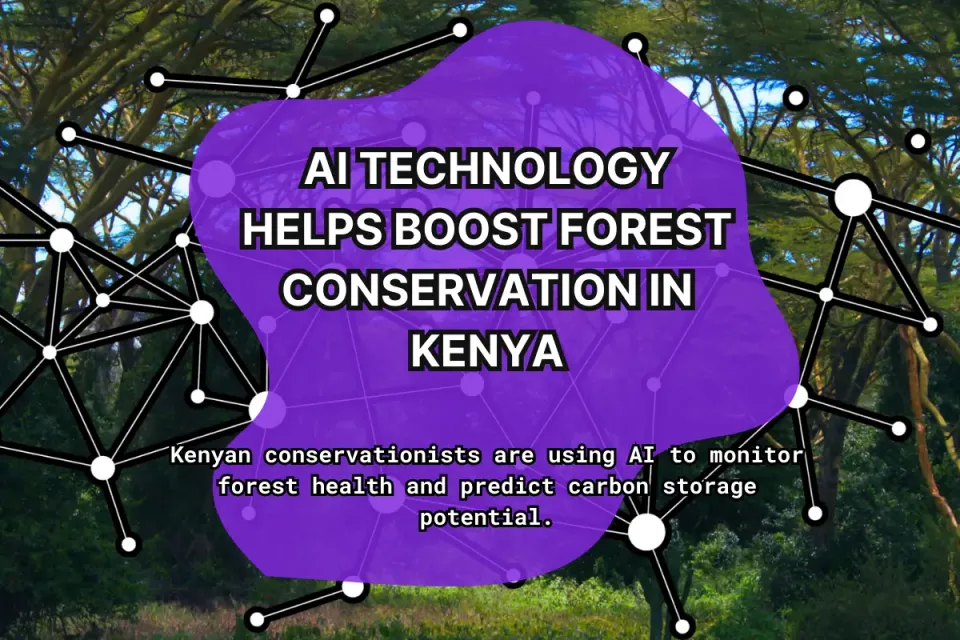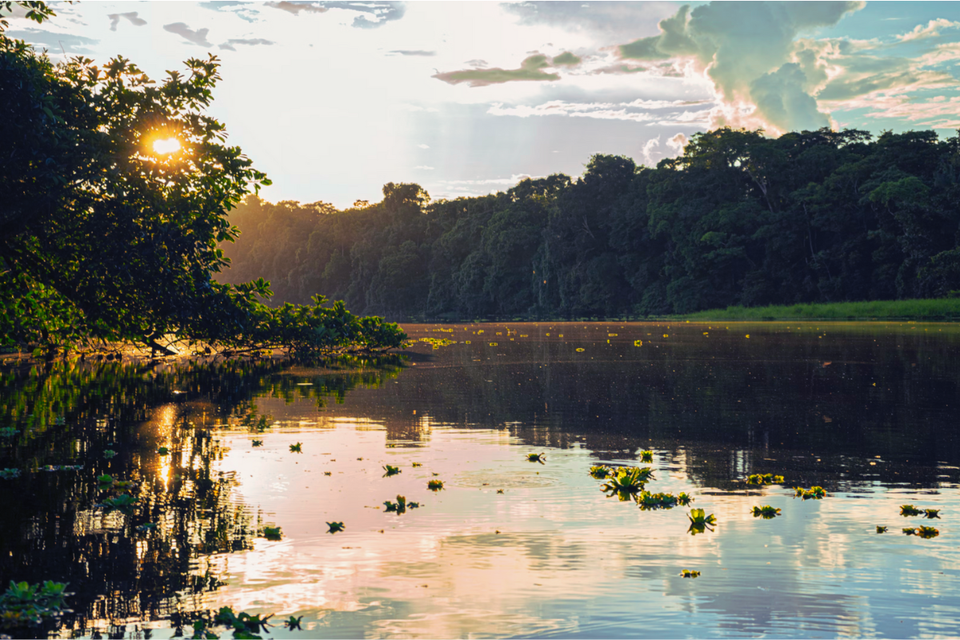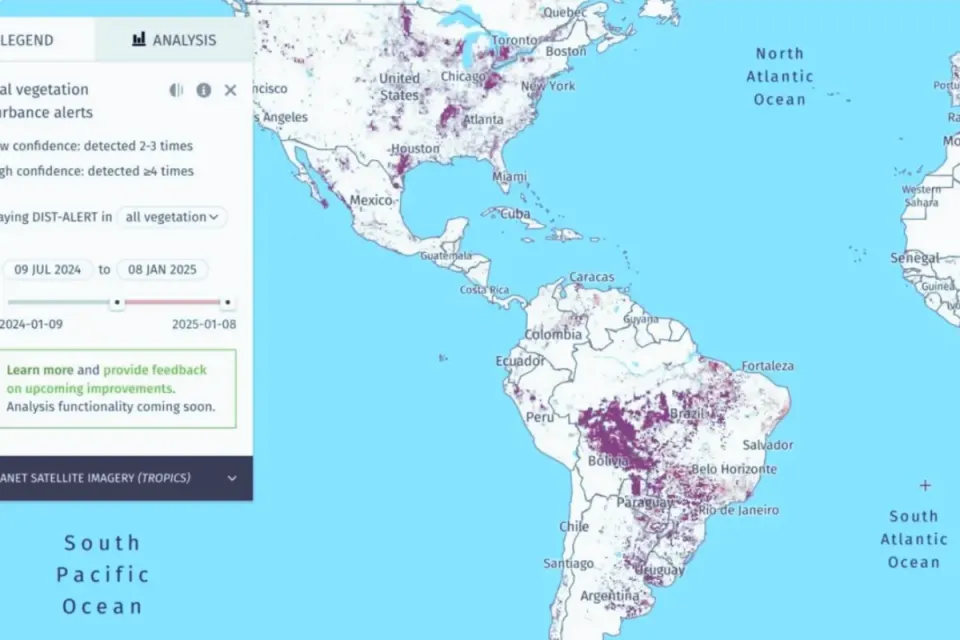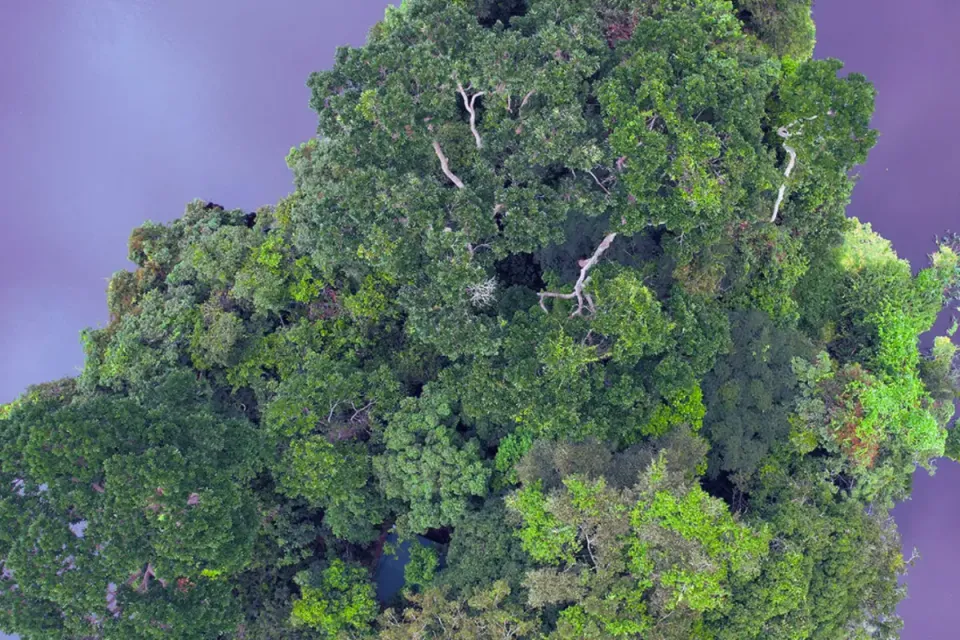COP16 Tackles AI, Bio-Piracy, and Open Data for Nature 🌎
The real challenge ahead will be harnessing these tools wisely to benefit both people and the planet.

At COP16 in Cali, Colombia, 🌍 artificial intelligence and open data are emerging as powerful tools for conservation and sustainable development. With tech-driven solutions on the table, leaders are discussing how data can drive nature finance—investments to protect ecosystems—support conservation, and address complex ethical issues.
The conference introduced the Global Ecosystems Atlas, the first open-source tool for mapping and monitoring ecosystems worldwide. Developed by the Group on Earth Observations (GEO), the Atlas combines data from Earth observation, AI, and local insights into one comprehensive resource. It helps governments, communities, and organizations prioritize ecosystem health. In support of biodiversity goals like those in the Kunming-Montreal Framework, the Atlas offers a transparent, data-driven approach to conservation, filling gaps in existing knowledge and guiding the protection of critical natural areas. 🌱
COP16 is also addressing the issue of “biopiracy” within the context of AI and data. As AI tools mine genetic data from biodiversity hotspots to drive advancements in medicine and agriculture, 🌿 many countries argue that they are not fairly compensated. With a historic biopiracy framework under discussion, COP16 could secure benefit-sharing agreements for regions providing genetic resources, ensuring fair sharing of profits from innovations derived from biodiversity.
COP16 has shown clear indication that artificial intelligence and open data are poised to transform conservation and sustainable development. Ane Alencar, Director of Science at IPAM, is optimistic about the role of new data-driven technologies in this space. “Finance can also help develop new technologies, such as AI, allowing a better understanding of biodiversity, improving monitoring, tracing more effectively what’s happening with those engaging with biodiversity, and ultimately enabling the use of technology to truly conserve biodiversity without increasing inequalities,” she told delegates. The real challenge ahead isn’t just to adopt these technologies—it’s to make them work for both people and the planet, ensuring that innovation translates into action for a sustainable future. 🌏




